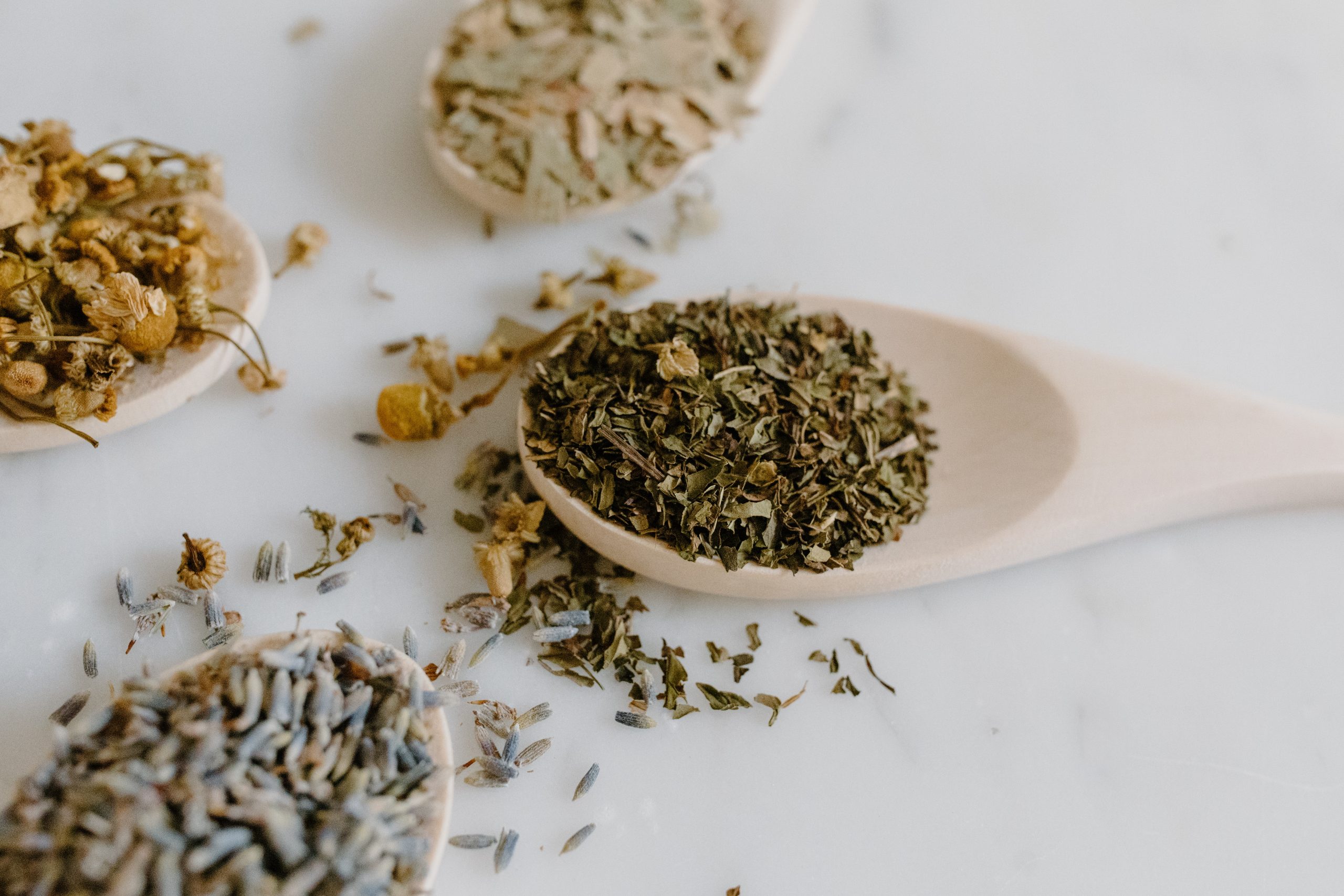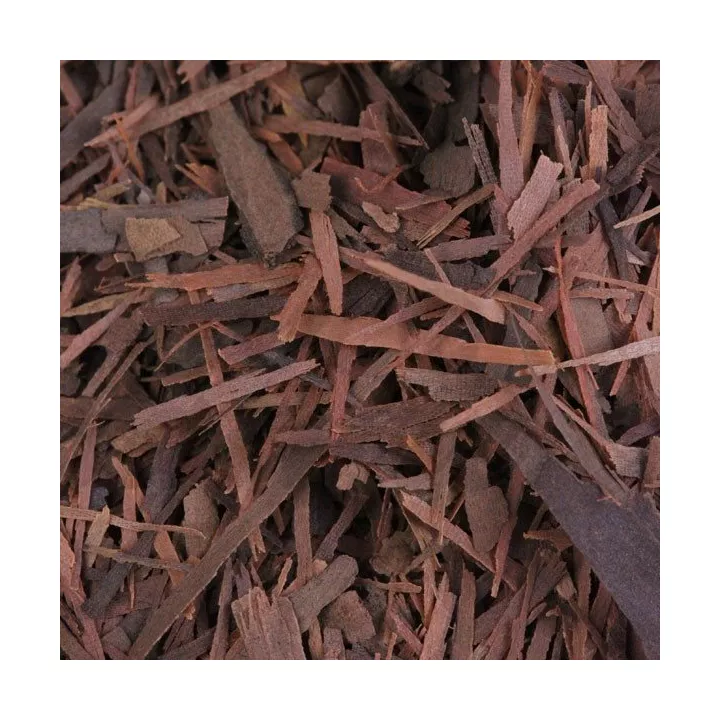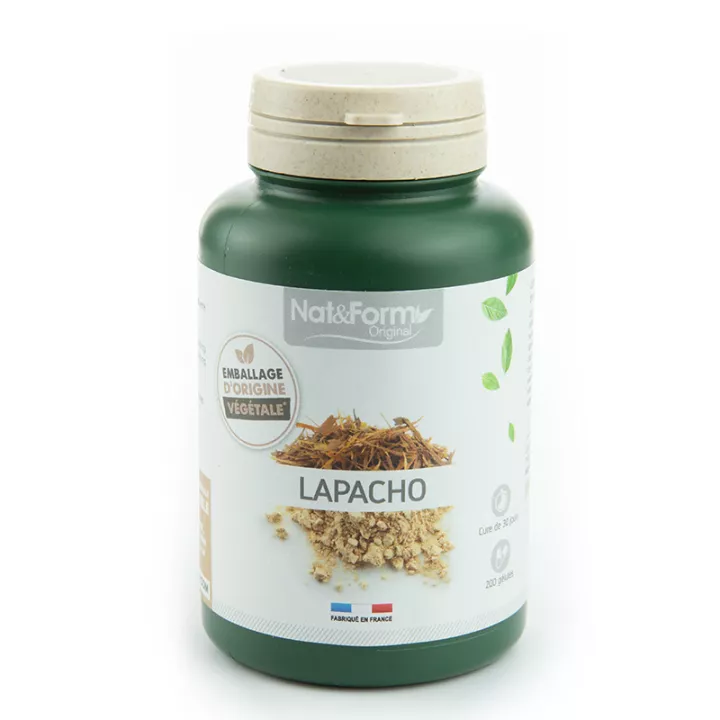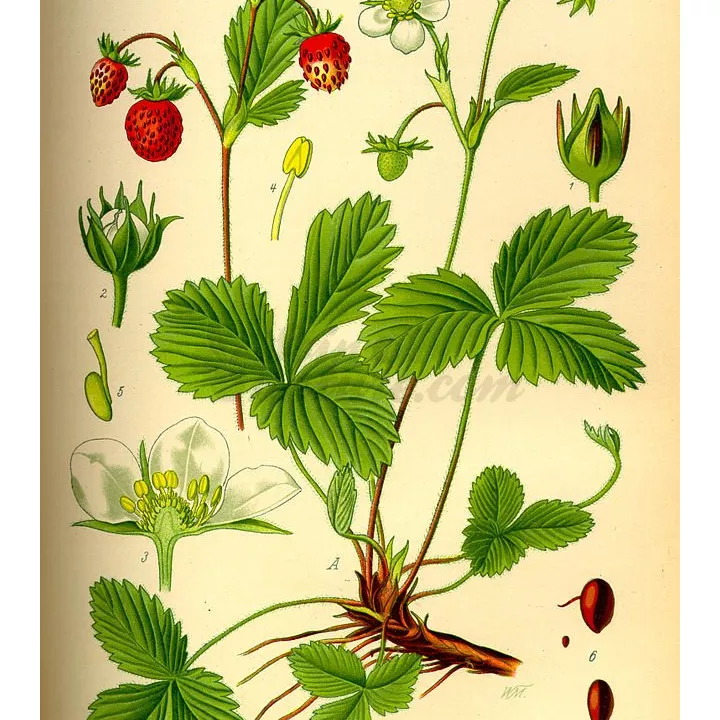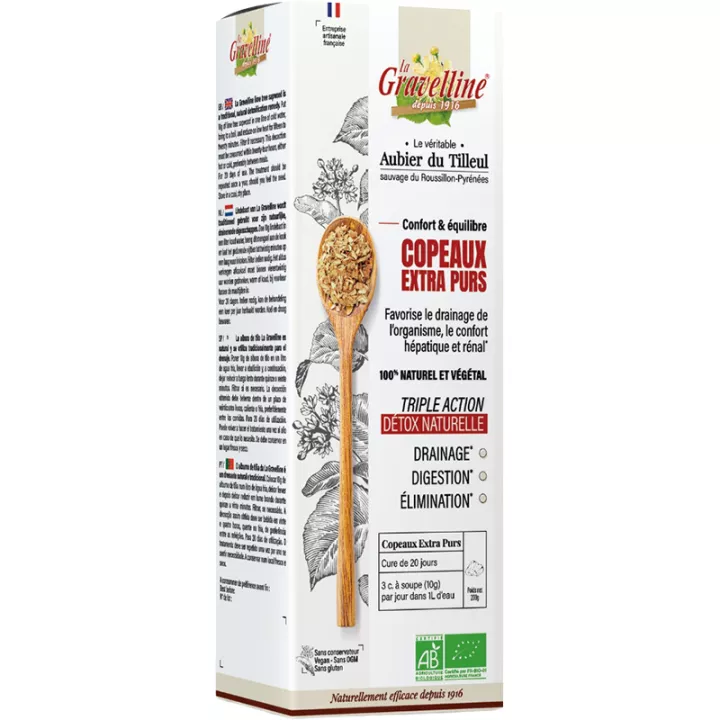What is Lapacho Bark used for?
Lapacho cut bark is an exceptional plant offering numerous health benefits. Native to South America, this bark has been used for centuries for its varied medicinal properties. The phytochemical compounds it contains, such as quinones and flavonoids, help support blood circulation, promotetoxin elimination and provide optimal relaxation. These properties make it an invaluable ally in maintaining overall well-being.
One of lapacho's main assets is its action on blood circulation. By stimulating circulation, it helps prevent blood vessel problems such as arteriosclerosis. Its effectiveness is due to its naphthoquinone content, which improves blood fluidity and reduces the risk of blood clots. It also promotes normal vascular health, essential for the proper functioning of the whole body.
Lapacho cut bark is also renowned for its detoxifying properties. By promoting theelimination of toxins, it helps to deeply purify the body. This detoxification improves skin quality, supports elimination organs such as the liver and kidneys, and contributes to a general feeling of well-being. Lapacho is also known for its ability to boost the immune system. Thanks to its active compounds, it stimulates the production of white blood cells, essential for fighting infection and strengthening the body's defense system.
In addition to its effects on circulation and immunity, Lapacho Bark is a formidable relaxation agent. By acting as a mild sedative, it helps to calm mind and body, reducing nervous tension and accumulated stress. This optimal relaxation is particularly beneficial for people suffering from sleep disorders or nervousness.
Finally, lapacho plays a role in regulating the metabolism. It helps control blood sugar levels, which is useful for those prone to hyperglycemia. It also supports the proper functioning of the digestive system, facilitating digestion and reducing inflammation of the gastrointestinal tract. These multiple benefits make Lapacho Bark Cut an ideal natural supplement for people seeking to maintain or improve their overall health.
Iphym also offers Lavender Flower at the best price in our online pharmacy.
How to use this plant
To enjoy the benefits of Lapacho Cut Bark, follow these simple instructions: prepare a decoction by boiling 1 teaspoon of bark per cup (250 ml), or 2 tablespoons per liter of water. Boil for 3 minutes, then remove from heat and infuse for a further 15 minutes. You can drink up to 8 cups a day, depending on your needs and the extent of your treatment.
Give your opinion on the advice for use and dosage of Lapacho Écorce Coupée with our partner Verified opinions after your purchase.
Precautions for use
It is important to follow certain precautions when using Lapacho Écorce Coupée. Do not use on children. Do not use if taking anti-coagulants, as it may interfere with their effect. Do not use if you have stomach ulcers or liver problems, as it may aggravate these conditions. Finally, this product is not recommended for pregnant or breast-feeding women. Always consult a health professional before using this product to avoid any risk of contraindications.
What does it contain?
Tabebuia impetigosa, syn. Tecoma curialis
Family: Bignogniaceae
Other names: Pau d'arco, Acapro, Ipe roxo
Parts used: inner bark
Lapacho contains potassium, calcium, iron, barium, strontium and iodine, but no caffeine. It also contains a powerful antibiotic, lapachon. Other main constituents: Quinone, flavonoids, lapachol, carnosol, indoles, coenzymes Q, alkaloids (tecomine) and steroidal saponins.
Presentation
Lapacho Écorce Coupée is available in different formats: 100 g, 250 g or 1 kg.
